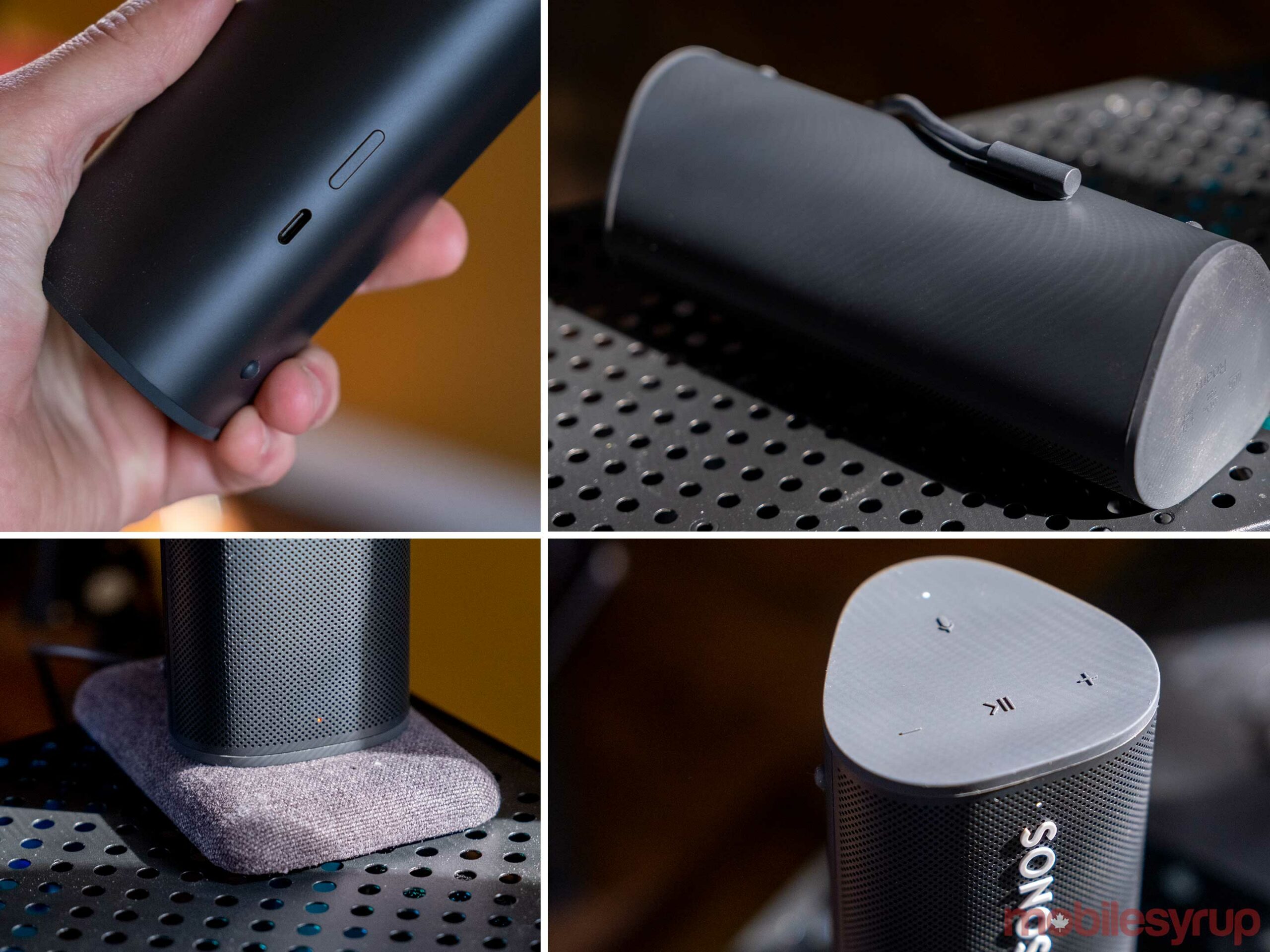
Everything has been kept the same color, including the buttons, to support the overall minimalist design.Īnd, weighing in at 0.93lbs, the Roam definitely keeps its promise of portability, and the option to position it either on its side or horizontally is a great touch that adds convenience when you want to use it in different spaces.

That means a cleaner aesthetic overall, with the main body of the speaker remaining extremely simple with only the Sonos logo on the mesh plastic finish.Ĭontrols are found on the left edge (if facing the speaker), allowing you to position it vertically on the right edge if you want. Sonos thankfully does things a little different and, while the design of the Roam doesn't scream luxury, it is more in keeping with what you might want from a device placed on the mantlepiece or bedside table.Īs mentioned, unlike the Sonos Move the Roam has no handle for transportation, but that's largely because it is so easy to grip or even put in a (large) pocket if needed.
#SONOS ROAM REVIEW PORTABLE#
(Image credit: Sonos) Sonos Roam: Design and portabilityīecause they're designed to withstand things like weather, dust, and other outdoor elements, portable speakers tend to be quite industrial-looking.
#SONOS ROAM REVIEW BLUETOOTH#
Streaming music sounds fantastic when connected to the Wi-Fi, and you can also do this via Bluetooth when the router isn't nearby. For example, the same song will sound very different in the kitchen than it does in the local park.

Thankfully, for those who just want it to sound good, there's TruePlay tuning that adapts the sound to the space the speaker is in at the time. The Sonos app also gives you quite a few more customization options, and this is where you can get really picky about audio should you want to.


 0 kommentar(er)
0 kommentar(er)
